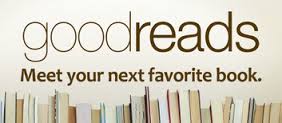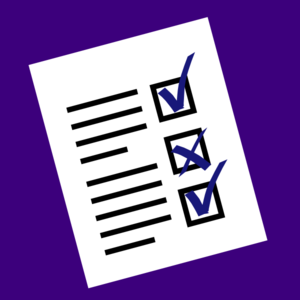 We’ve had several posts about Goodreads. Melinda Clayton gave an excellent primer on it not too long ago, as well as an introduction to the ways you can advertise on it. As Melinda pointed out, there are several ways to advertise with Goodreads. I tried out the self-serve method, and I was happy with the results. I’ll tell you what I did, but let me put in a small disclaimer: The ad campaign may not work the way you think it will. Continue reading “Goodreads Ad Campaigns”
We’ve had several posts about Goodreads. Melinda Clayton gave an excellent primer on it not too long ago, as well as an introduction to the ways you can advertise on it. As Melinda pointed out, there are several ways to advertise with Goodreads. I tried out the self-serve method, and I was happy with the results. I’ll tell you what I did, but let me put in a small disclaimer: The ad campaign may not work the way you think it will. Continue reading “Goodreads Ad Campaigns”
Author: Melissa Bowersock
Crafting Your Writer’s Voice: Tense and Person
 How do you know when you’ve found your true voice? I write multi-genre, and I discovered a long time ago that the genre, or the story itself, demands the voice. I write softer, more descriptively, when I write romance. I write more directly and tersely with an action/adventure. I also write more directly when my protagonist is male, and more effusively when my protagonist is female. Back in 2013, I wrote more extensively about changing voices here.
How do you know when you’ve found your true voice? I write multi-genre, and I discovered a long time ago that the genre, or the story itself, demands the voice. I write softer, more descriptively, when I write romance. I write more directly and tersely with an action/adventure. I also write more directly when my protagonist is male, and more effusively when my protagonist is female. Back in 2013, I wrote more extensively about changing voices here.
But beyond the story suggesting a voice, how do you craft that voice? You do have choices, you know. Continue reading “Crafting Your Writer’s Voice: Tense and Person”
Book Formatting Checklist
 Once we’re done writing a book, it’s time for eBook and print edition formatting. Going back through again and again to check all the small details and make sure it’s all correct can be a frustrating time sink. I’ve found that if I try to check on everything as I read back through, I tend to miss things, so I developed a process where I go through once to check on just the headers, another time to check just the footers, a third time to check on just the formatting of the chapter titles, then again for whatever else might be required in that particular book. Very time-consuming.
Once we’re done writing a book, it’s time for eBook and print edition formatting. Going back through again and again to check all the small details and make sure it’s all correct can be a frustrating time sink. I’ve found that if I try to check on everything as I read back through, I tend to miss things, so I developed a process where I go through once to check on just the headers, another time to check just the footers, a third time to check on just the formatting of the chapter titles, then again for whatever else might be required in that particular book. Very time-consuming.
It got me thinking about a post RJ Crayton wrote a while back about doing a story bible. The story bible is more about the content of the book: the names, ages, descriptions of the characters, relevant plot points, dates, locations — anything, really, that you need to keep track of while you’re writing. I realized we could do a similar thing for the double-checking process at the end, and it was really brought home to me when I was beta-reading a book for a friend and I found glaring inconsistencies throughout. One chapter header was bold, the next was not; one chapter header had two blank lines after it, the next had none. I realized a detailed checklist could help a writer go back through the book and catch (hopefully) every little formatting slip-up that sometimes slips in. Continue reading “Book Formatting Checklist”
When It Comes to Books — First Impressions Count — Big Time
 So you’ve written the next Great American Novel and you’re ready to publish. Now you’re down to the silly details that try your patience. You have to choose your categories and then come up with a short description, almost every writer’s bane. How do you distill 600 pages down to six sentences? How do you convey all the passion and wisdom and inspiration of your story into one or two paragraphs?
So you’ve written the next Great American Novel and you’re ready to publish. Now you’re down to the silly details that try your patience. You have to choose your categories and then come up with a short description, almost every writer’s bane. How do you distill 600 pages down to six sentences? How do you convey all the passion and wisdom and inspiration of your story into one or two paragraphs?
Careful. It’s tempting to throw down a few sentences and call it good.
Don’t do it. Continue reading “When It Comes to Books — First Impressions Count — Big Time”
